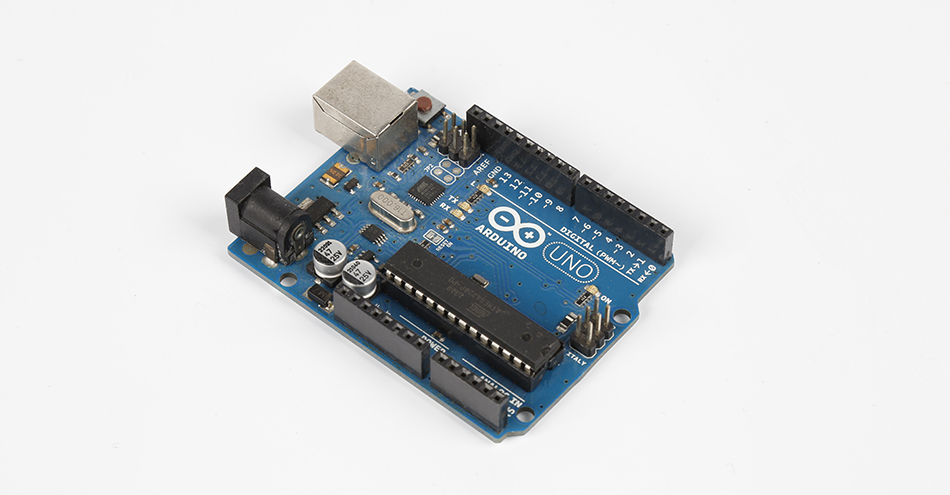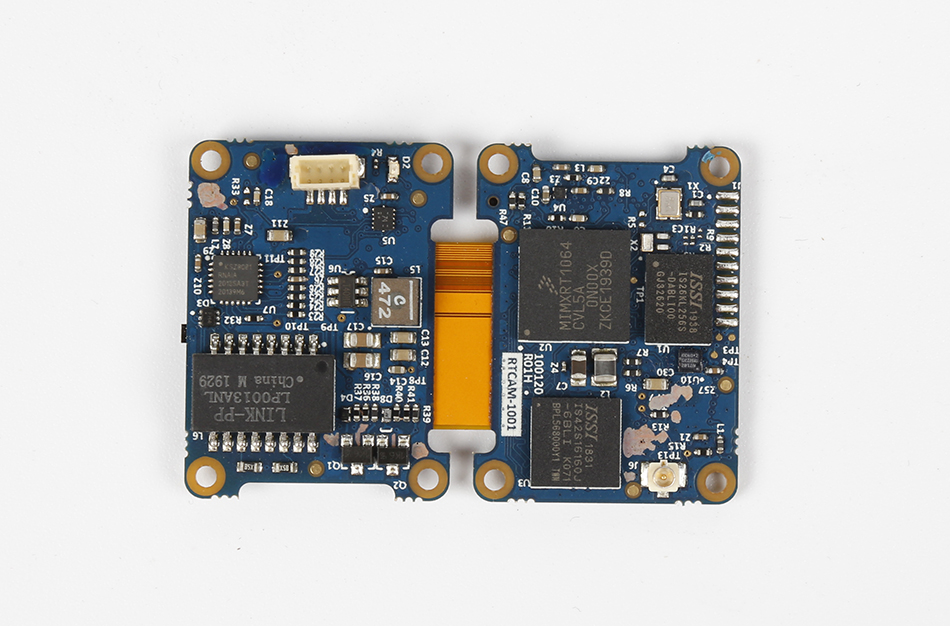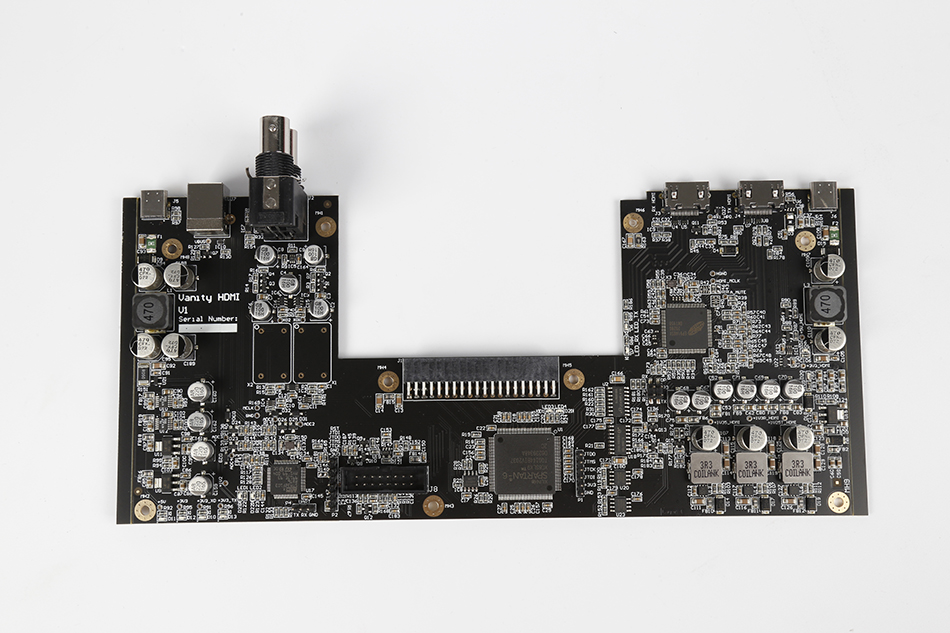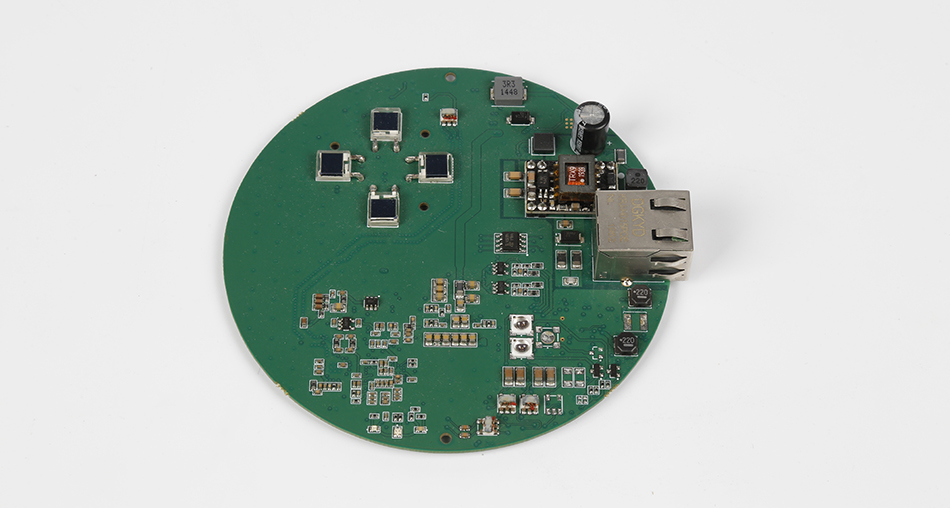-
- PCB TYPE
- PRINTED CIRCUIT BOARD PROTOTYPE ALUMINUM PRINTED CIRCUIT BOARD R&F PCB FPC HIGH FREQUENCY PCB HIGH-TG PCB HEAVY COPPER PCB HDI PCB PCB FOR LIGHTING METAL CORE PCB
time:Nov 06. 2025, 09:35:02
Industrial Electromechanical Assembly is the critical process of integrating mechanical components, electrical systems, and control logic to build robust, functional industrial equipment—from factory automation robots to power generation turbines. Unlike consumer electronics assembly, which prioritizes miniaturization, this discipline focuses on system-level synergy: ensuring mechanical structures (gears, motors) and electrical components (sensors, wiring harnesses) work in harmony under harsh industrial conditions (extreme temperatures, vibration, chemical exposure). As global manufacturing shifts toward smart factories and industrial IoT (IIoT), electromechanical assembly has evolved beyond basic integration to become a cornerstone of operational efficiency and reliability. This article explores its core characteristics, key processes, industry-specific applications, and emerging trends shaping its future.
Three defining traits set industrial electromechanical assembly apart from other manufacturing disciplines:
- Mechatronic Integration: It requires deep collaboration between mechanical and electrical engineers to optimize layouts. For example, a conveyor system’s motor (mechanical) must be positioned to minimize wiring length (electrical) while ensuring alignment with drive gears—reducing energy loss and wear.
- Harsh Environment Durability: Assemblies must withstand industrial stressors: corrosion-resistant coatings for parts in chemical plants, vibration-dampening mounts for machinery on production floors, and high-temperature insulation for components near furnaces.
- System-Level Reliability: A single component failure can halt entire production lines. Thus, assembly prioritizes redundancy (e.g., dual sensors), robust connectors (waterproof, dustproof), and fatigue-resistant materials to ensure mean time between failures (MTBF) measured in years.

The assembly workflow balances precision craftsmanship with standardized protocols:
Engineers use 3D CAD tools to model mechanical-electrical interactions, simulating how components perform under load. For example, a robotic arm’s wiring harness is routed in the model to avoid pinching during movement. This pre-assembly step reduces rework by identifying interference or inefficiencies early.
Mechanical parts (motors, bearings) are aligned to tight tolerances (often ±0.01mm) using CNC machining aids. Electrical components (PCBs, sensors) are mounted with shock-absorbing fasteners, and wiring harnesses are secured with abrasion-resistant looms to prevent damage from friction. Crimping, soldering, and terminal connections follow IPC-A-620 standards for reliability.
Assemblies undergo multi-stage testing: mechanical load testing (e.g., stressing a gearbox to 150% of rated load), electrical continuity checks, and functional testing (e.g., verifying a sensor triggers a shutdown when thresholds are exceeded). Calibration ensures components like encoders or pressure sensors deliver accurate data to control systems.

Robotic arms, automated guided vehicles (AGVs), and CNC machines rely on electromechanical assembly to integrate servomotors, linear actuators, and control PCBs. For example, an AGV’s assembly must synchronize its drive motor with navigation sensors to ensure precise pathfinding in warehouses.
Wind turbine nacelles and solar inverter systems use electromechanical assembly to combine high-power electrical components (transformers, inverters) with mechanical structures (rotor shafts, cooling fans). Assemblies here prioritize high-voltage insulation and thermal management to handle continuous energy flow.
Construction equipment (excavators, bulldozers) and industrial trucks require assemblies that link hydraulic systems (mechanical) with electronic control units (ECUs). These assemblies are built with ruggedized connectors and impact-resistant enclosures to withstand rough terrain and operator handling.

Industrial electromechanical assembly is evolving with smart manufacturing:
- IoT-Enabled Smart Assemblies: Embedding sensors in assemblies (e.g., vibration sensors on motors) enables predictive maintenance, alerting operators to wear before failure.
- Modular Design: Pre-assembled modular sub-systems (e.g., pre-wired motor units) reduce on-site installation time and simplify repairs—critical for remote industrial sites.
- Automated Assembly Cells: Collaborative robots (cobots) work with technicians to handle heavy components or repetitive tasks (e.g., wiring harness installation), improving efficiency and safety.

Industrial Electromechanical Assembly is the backbone of modern manufacturing, ensuring the seamless integration of mechanical and electrical systems in high-stakes environments. Its focus on durability, precision, and system synergy makes it indispensable for industries where downtime is costly and reliability is non-negotiable. As smart factories and IIoT advance, this discipline will continue to innovate—blending traditional craftsmanship with digital technologies to build the next generation of industrial equipment. For manufacturers, investing in expert electromechanical assembly is not just a production choice but a strategic step toward operational resilience and competitive advantage.

Got project ready to assembly? Contact us: info@apollopcb.com



We're not around but we still want to hear from you! Leave us a note:

Leave Message to APOLLOPCB
